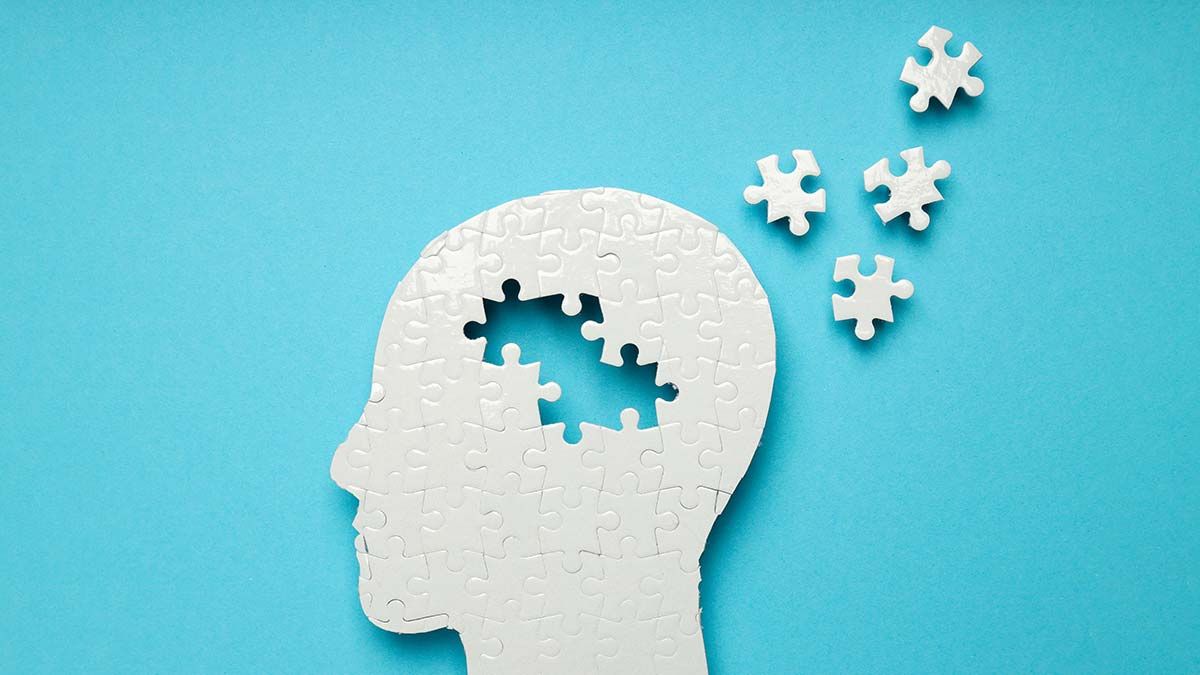Heart Disease and stroke: The ‘deadly dance’ you can prevent

Stroke and heart diseases are not isolated conditions. They are manifestations of a single, systemic issue: cardiovascular disease. The relationship between these two life-threatening conditions is perilous in high-risk patients, where they can develop into a vicious cycle. When one condition occurs, it dramatically increases the likelihood of the other.
Dr Kapil Zirpe, Head of Neuro-Intensive Care Unit, Ruby Hall Clinic, said that the two conditions together form ‘the deadly dance'. Both these conditions are caused by atherosclerosis (buildup of fatty deposits or plaques on arterial walls). This constricts blood vessels, reducing the flow of oxygen-rich blood throughout the body.
When atherosclerosis affects the arteries serving the heart, it causes Coronary Artery Disease (CAD). This can lead to angina or a myocardial infarction (heart attack). When it affects the arteries serving the brain (cerebral arteries), it can cause an ischemic stroke—the most common type—where a clot either forms at the plaque site (thrombotic stroke) or travels from elsewhere in the body (embolic stroke). Put simply, a heart attack happens when blood flow to the heart is interrupted and a stroke happens when blood flow to the brain is interrupted.
Dr Ashish Gosar, Consultant Neurologist at Saifee Hospital, Mumbai, said that the correlation between heart disease and stroke is ‘dangerous’. He said that risk factors like diabetes, high blood pressure, high cholesterol, smoking, and excessive drinking of alcohol destroy blood vessels and then lead to blockages that may also affect the heart as well as the brain.
Common risk factors for both conditions:
· High blood pressure that weakens the inner lining of arterial walls, making them susceptible to plaque accumulation and rupture. It is the leading cause of stroke and a major contributor to heart disease.
· High cholesterol as it directly contributes to the formation of plaques that narrow blood vessels and restrict blood flow.
· Diabetes damages blood vessels throughout the body, accelerates atherosclerosis (plaque buildup in arteries), and increases the risk of blood clot formation.
· Tobacco use and smoking damage blood vessels, elevate blood pressure, and significantly increase blood clot formation.
· Physical inactivity and obesity increase the risk of hypertension, diabetes, and high cholesterol, which in turn form the perfect combination for cardiovascular problems.
· Excessive alcohol consumption damages blood vessels and contributes to blockages affecting both the heart and brain.
Successfully managing these risk factors provides protection against both heart disease and stroke. Addressing one condition often requires aggressive management of these comorbidities, which benefits patients doubly.
Heart conditions that directly lead to stroke:
Certain heart conditions directly predispose high-risk patients to a specific type of stroke called cardioembolic stroke, where blood clots formed in the heart travel to the brain. These conditions decrease the pumping efficiency of the heart, slowing blood flow and promoting clot formation.
These include:
Atrial Fibrillation (AFib): Irregular, rapid heartbeat that causes blood to pool in the heart's atria, thereby forming clots. If a clot breaks loose, it can travel to the brain and cause a severe stroke.
Heart Failure and cardiomyopathy happen when the heart weakens and cannot pump blood efficiently, leading to slow blood flow throughout the body, promoting clot formation. These clots can later migrate to the brain, resulting in a cardioembolic stroke.
Heart Attack (Myocardial Infarction) damages the heart muscle, creating sites where clots can form and potentially embolize to the brain.
Heart Valve disease can predispose patients to clot development and subsequent stroke.
Prevention and management
Both conditions are largely preventable through proactive management.
- Keep blood sugar levels within target ranges to prevent diabetes-related vascular damage. Maintain healthy blood pressure through medication, diet, and stress management.
- Manage cholesterol levels with proper nutrition and medication when necessary.
- Quitting smoking can immediately begin reversing vascular damage. As can reduced alcohol intake.
- Dietary modifications, including a balanced diet rich in fruits, vegetables, whole grains, and lean proteins, are immensely helpful.
- Regular exercise strengthens the cardiovascular system as does maintenance of a healthy weight.
- Adequate sleep promotes cardiovascular recovery.
- Managing stress through meditation, yoga, or other relaxation techniques also helps.
- Regular medical checkups that include visits to both cardiologists and neurologists enable early detection and intervention.
The best defense against heart disease and stroke is early detection, healthy lifestyle choices, and active medical management.
Health